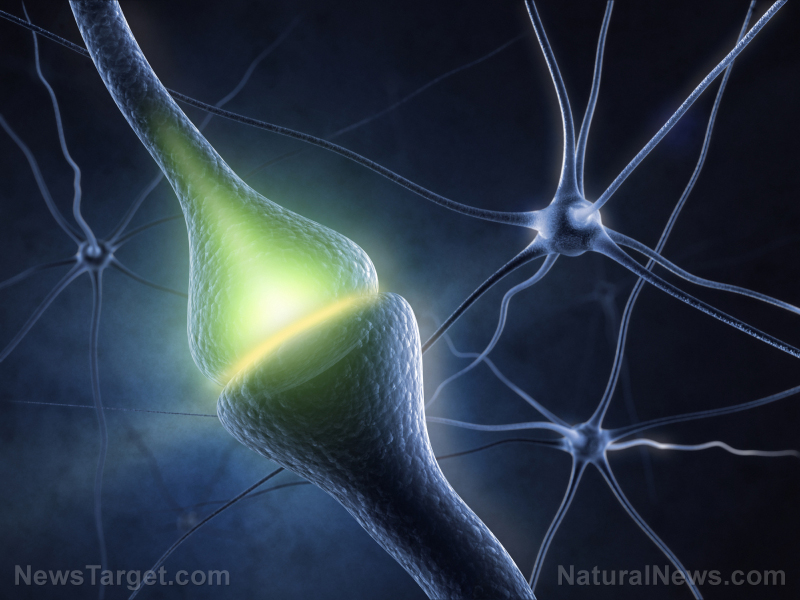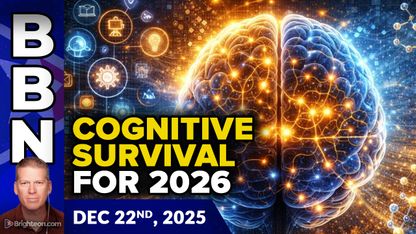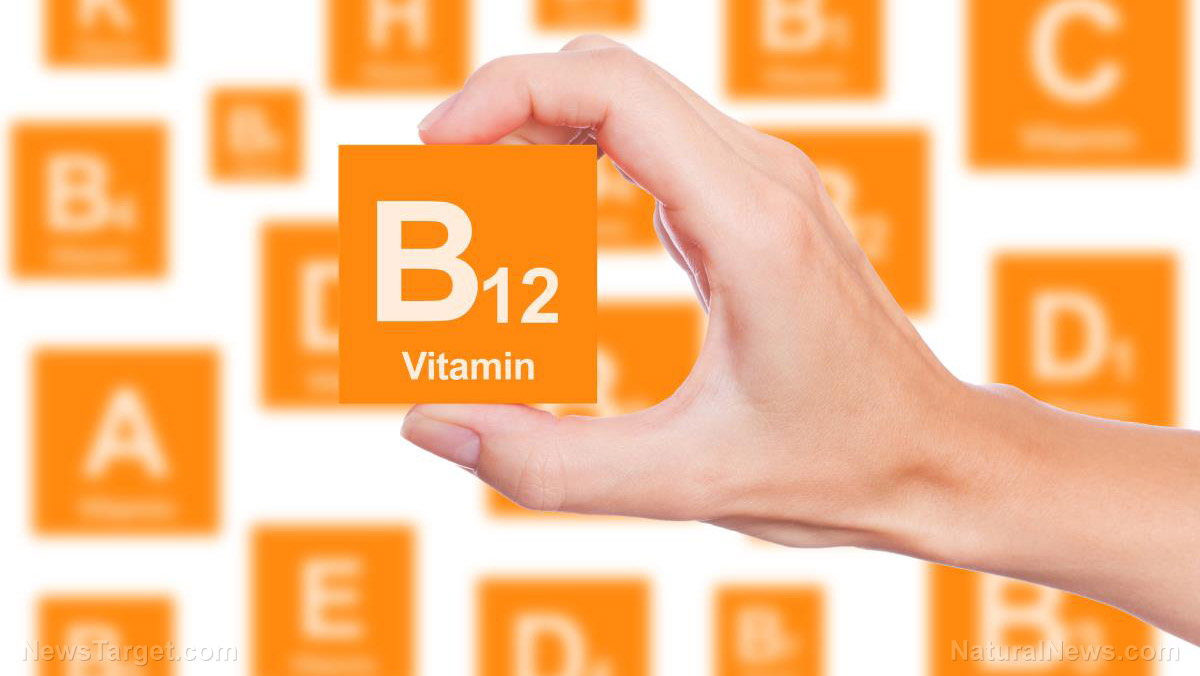
"We found the peripheral nervous system has the ability to alter the information sent to the brain, rather than blindly passing everything on to the central nervous system...When our research team looked more closely at the peripheral system, we found the machinery for neuronal communication did exist in the peripheral nervous system's structure. It is as if each sensory nerve has its own 'mini-brain', which to an extent, can interpret incoming information," said lead researcher Professor Nikita Gamper.
The findings may have potential use in the development of new types of pain medication in the future. This would entail the possibility of developing non-addictive and non-drowsy drugs, which will target peripheral nervous system. Safe therapeutic doses of these drugs may also be higher, which would indicated increased efficacy. However, researchers said further research is needed to better understand how exactly these mini-brains operate. (Related: Learn more about medical breakthroughs and other similar articles at Cures.news).
"This dramatically changes our understanding of pain medication because in theory it is now possible to target drugs at the peripheral nervous system which could widen the type of treatments available," said Professor Xiaona Du, the study's co-author.
The findings were published in the Journal of Clinical Investigation.
Mini brains in the peripheral nervous system may challenge previous knowledge
According to Professor Du, the recent discovery may challenge the Gate Control Theory of Pain. The theory, initially developed by Ronald Melzack and Patrick Wall, indicates that perceived pain depends on the complex interaction of the central and peripheral nervous systems as they process pain stimuli on their own. In the event of an injury, nerves located in the damaged tissue send pain signals that flow along the peripheral nerves to the spinal cord and ultimately to the brain. However, before they reach the brain, these pain signals go through nerve gates in the spinal cord, which open and close depending on certain factors. More intense pain is felt when these nerve gates open. On the other hand, pain may not even be felt when the nerve gates are closed
However, data from the recent study may prove the mechanism to be more complicated. According to the study, the transfer of information to the central nervous system might be subject to another nerve gate. The experts also inferred that it could be another transmission process controlled by the peripheral nervous system this time. "Peripheral nerves have the ability to dial up or down the signal which goes through these gates to the brain. Importantly, we believe that these gates can be exploited for therapeutic control of pain," Prof. Gamper added.
Outside expert Lishuang Cao, Head of Membrane Physiology at GlaxoSmithKline R&D in Shanghai, said more studies are needed to gain insight on the role of GABA in conditions such as inflammatory, neuropathic, and chronic pain. The expert also highlighted the need to determine whether a similar mechanism is present in the human body's peripheral nervous system.
Sources:
Please contact us for more information.























